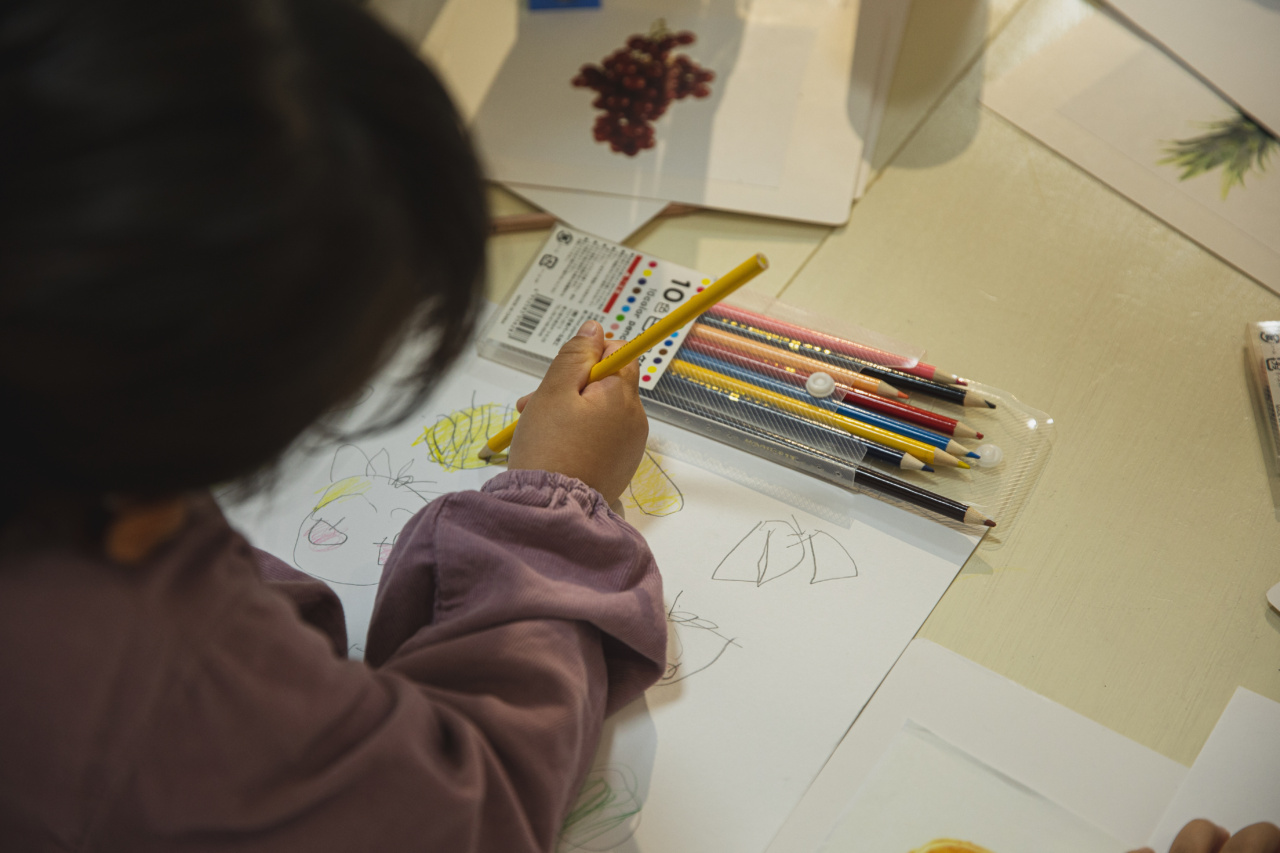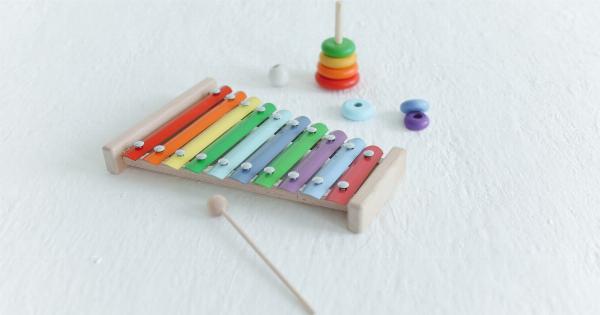Color is an integral part of our lives, and it plays a crucial role in shaping our perceptions and emotions. From warm hues to cool shades, the use of color can significantly impact various aspects of our lives, including brain development.
Colors possess the power to evoke certain emotions, stimulate creativity, and influence cognitive functions. This holds true not only for adults but also for children, whose brains are undergoing rapid development. In this article, we will explore how color can have a profound impact on your child’s brain development.
The Science Behind Color Perception
Before diving into the effects of color on brain development, it is essential to understand the science behind color perception. The human eye contains specialized cells called cones, which are responsible for color vision.
These cones are sensitive to different wavelengths of light and can detect various colors.
When light enters the eye, it passes through the lens and gets focused on the retina, a layer of tissue located at the back of the eye. The retina contains millions of photoreceptor cells, including the cones.
These cones convert light into electrical signals, which are then transmitted to the brain through the optic nerve. The brain then processes these signals and interprets them as different colors.
The Impact of Color on Cognitive Functions
Colors have a direct impact on cognitive functions, including attention, memory, and learning. Different colors can affect how your child perceives and processes information, thus influencing their cognitive development.
Red: Energizing and Stimulating
The color red is often associated with energy, passion, and excitement. It has been found to increase physiological arousal and stimulate brain activity.
Red can help your child feel more awake and alert, making it a good choice for study areas or spaces where they need to concentrate.
Blue: Calming and Enhancing Focus
On the other hand, blue has a calming effect on the mind and body. It can help reduce stress, anxiety, and restlessness.
Studies have shown that blue can enhance focus and concentration, making it ideal for bedrooms or areas where your child needs to unwind and relax.
Yellow: Stimulating Creativity
The color yellow is often associated with happiness and optimism. It can stimulate mental activity, enhance creativity, and promote positive thinking.
Incorporating yellow into your child’s playroom or art corner can encourage imaginative play and artistic expression.
Green: Promoting Balance and Harmony
Green is often linked to nature and represents balance and harmony. It has a soothing and refreshing effect on the mind, making it beneficial for promoting relaxation and reducing anxiety.
Green is also known to improve reading ability and comprehension, making it an excellent color choice for study areas.
Orange: Stimulating Enthusiasm and Confidence
Orange is a warm and vibrant color that is associated with enthusiasm and confidence. It can evoke feelings of excitement and create a sense of optimism.
Adding touches of orange to your child’s workspace or play area can help boost motivation and encourage a positive mindset.
Pink: Encouraging Calmness and Compassion
Pink is often associated with femininity, but its effects are not limited to gender. It has a calming effect on the mind and body, reducing feelings of anger and aggression.
Pink can help cultivate a sense of calmness and compassion, making it an excellent choice for spaces where your child needs to relax and unwind.
The Influence of Color on Emotions
Colors have a powerful influence on emotions. They can evoke specific feelings and affect your child’s mood and overall emotional well-being.
Warm Colors: Excitement and Passion
Warm colors like red, yellow, and orange are often associated with excitement, passion, and energy. They can create a sense of warmth and urgency, evoking strong emotional responses.
Using warm colors in areas where your child engages in creative activities or physical exercises can help stimulate enthusiasm and passion.
Cool Colors: Calmness and Serenity
Cool colors such as blue, green, and purple have a soothing and calming effect on emotions. They promote feelings of relaxation and serenity, making them ideal for bedrooms or spaces where your child needs to wind down.
Cool colors can help reduce stress and create a peaceful environment.
The Role of Color in Creativity
Color has a significant impact on creativity. Different colors can spark imagination, enhance inspiration, and influence artistic expression.
Bold and Vibrant Colors: Encouraging Creativity
Bright and vibrant colors like red, yellow, and orange are known to stimulate creativity and innovation. These colors can energize your child’s mind and encourage out-of-the-box thinking.
Incorporating pops of bold colors into their workspace or creative areas can inspire imaginative play and artistic exploration.
Subdued and Neutral Colors: Fostering Focus and Clarity
On the other hand, subdued and neutral colors, such as shades of gray, beige, or soft pastels, can promote focus and clarity of thought.
These colors provide a visually calming environment that can help your child concentrate on their creative endeavors without distractions.
Conclusion
Color plays a powerful role in shaping your child’s brain development. From cognitive functions and emotions to creativity, the use of colors can significantly impact various aspects of their growth.
Understanding the influence of different colors can help you create environments that promote learning, relaxation, and self-expression.































